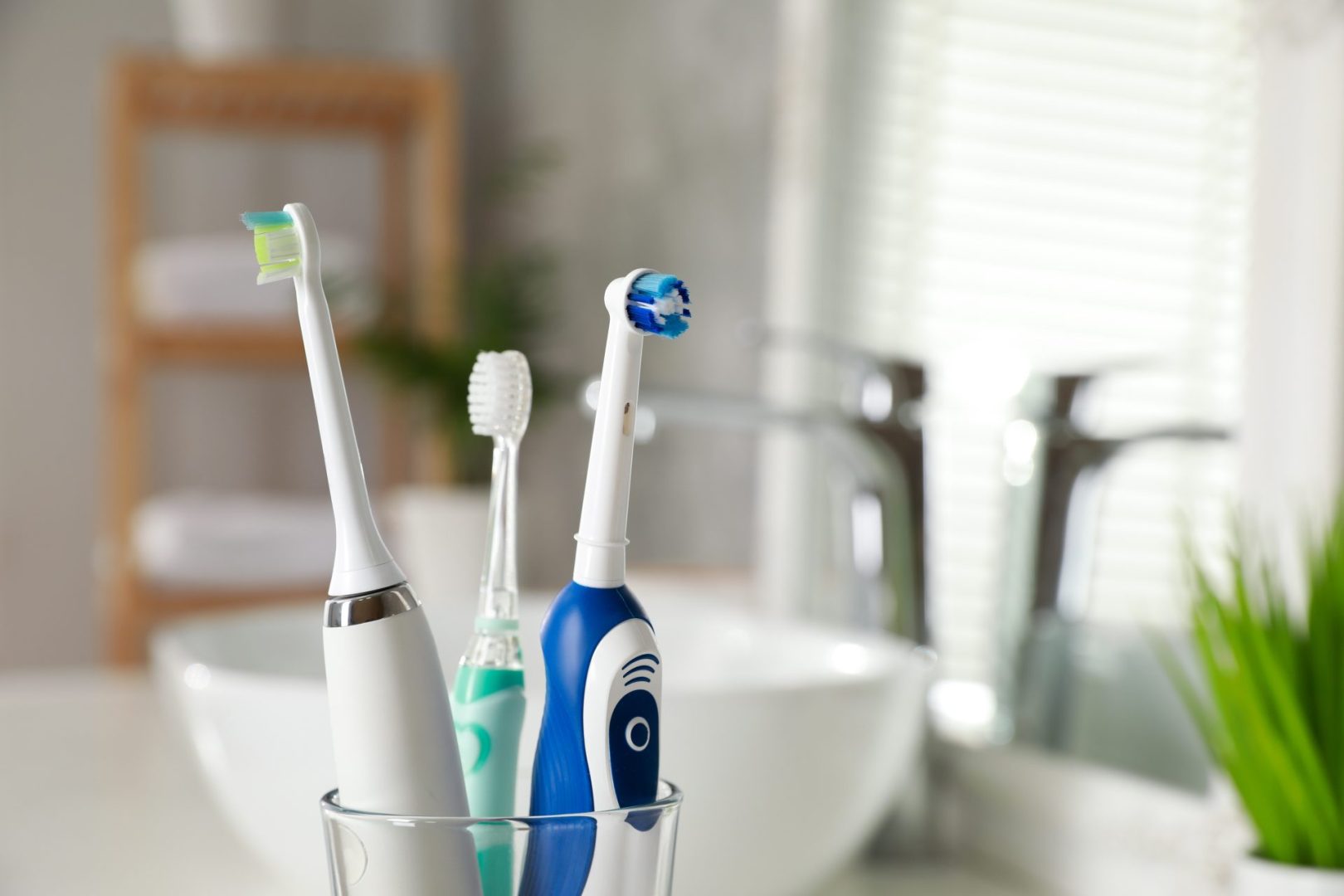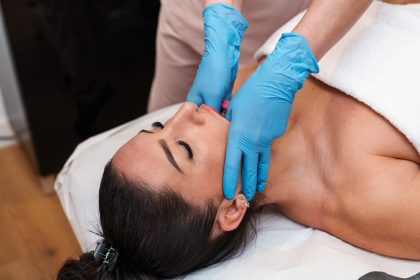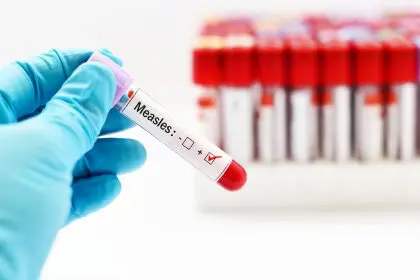Your electric toothbrush sits proudly on your bathroom counter, a symbol of modern dental care that promises superior cleaning power. You’ve invested in premium technology, follow a consistent routine, and yet something feels off. Despite your diligent efforts, plaque still accumulates, your gums occasionally bleed, and dental visits reveal issues you thought your high-tech brush would prevent.
The frustrating reality is that many people experience suboptimal results from their electric toothbrushes, not because the technology is flawed, but because subtle mistakes and misconceptions sabotage their cleaning effectiveness. These hidden pitfalls can transform your expensive dental tool into little more than a glorified manual brush, leaving your mouth vulnerable to problems you’re actively trying to prevent.
Understanding why your electric toothbrush might be underperforming requires diving deeper than basic brushing instructions. The devil lies in the details—small adjustments in technique, timing, and maintenance that can dramatically transform your oral health outcomes and finally deliver the superior cleaning you expected when you made the investment.
The hidden truth about electric toothbrush limitations
Electric toothbrushes revolutionized oral care by providing consistent, powerful cleaning action that removes significantly more plaque than manual brushing. However, this technology comes with specific requirements and limitations that many users never fully understand. The assumption that simply turning on the brush and moving it around your mouth will deliver optimal results leads to widespread disappointment and continued oral health issues.
The sophisticated mechanics of electric toothbrushes require precise interaction with your teeth and gums to function effectively. Unlike manual brushes where you control every aspect of the cleaning action, electric brushes perform optimally only when used in specific ways that complement their engineered cleaning patterns.
Many people unknowingly fight against their electric toothbrush’s design, applying manual brushing techniques that actually reduce effectiveness. This fundamental misunderstanding explains why some people experience better results returning to manual brushes—they’re not using their electric brush correctly.
Critical mistakes that sabotage your cleaning results
- You’re pressing too hard and crushing the bristles – The most common mistake electric toothbrush users make is applying excessive pressure, thinking more force equals better cleaning. This pressure actually flattens the bristles against your teeth, reducing their ability to penetrate between teeth and along the gum line where plaque accumulates most heavily.
Electric toothbrushes are engineered to provide optimal cleaning with minimal pressure. The rapid vibrations or rotations do the work, requiring only light contact to effectively disrupt and remove plaque. When you press hard, you’re essentially turning your high-tech brush into a less effective manual brush.
Many modern electric toothbrushes include pressure sensors that alert you when you’re brushing too hard, but older models lack this feature. Learning to use feather-light pressure feels counterintuitive at first but dramatically improves cleaning effectiveness once mastered.
- Your brushing technique works against the technology – Electric toothbrushes require a fundamentally different approach than manual brushing. While manual brushes need vigorous back-and-forth or circular motions, electric brushes perform best when held steady against each tooth surface, allowing the engineered cleaning action to do its work.
The tendency to move electric toothbrushes rapidly across teeth reduces contact time with each surface, preventing thorough plaque removal. This rushing motion also prevents the brush from effectively cleaning the spaces between teeth and along the gum line where problems most commonly develop.
Proper electric toothbrush technique involves slowly guiding the brush head from tooth to tooth, pausing briefly at each surface to allow complete cleaning. This methodical approach ensures every surface receives adequate attention and cleaning power.
- You’re not giving each area enough time – Time distribution represents one of the most overlooked aspects of effective electric toothbrush use. Most people spend too much time on easily accessible front teeth while rushing through back molars and gum lines where plaque accumulates most heavily.
The recommended two-minute brushing time should be divided systematically across all mouth areas. Many electric toothbrushes include built-in timers that signal 30-second intervals, encouraging users to spend equal time on each quadrant of their mouth.
Even with timer guidance, many people continue moving the brush throughout each interval rather than focusing intensively on the current quadrant. This constant movement prevents thorough cleaning and leaves problem areas inadequately addressed.
- Your brush head is worn out and ineffective – Brush head replacement schedules often get ignored or forgotten, leading to continued use of worn bristles that cannot effectively clean teeth. Unlike manual toothbrushes where wear is easily visible, electric toothbrush heads can lose effectiveness before obvious visual signs appear.
Worn bristles lose their ability to maintain proper contact with tooth surfaces and penetrate effectively between teeth. The split, frayed, or flattened bristles of overused brush heads actually spread bacteria around rather than removing it, potentially making oral health worse.
Most manufacturers recommend replacing electric toothbrush heads every three months, but heavy users or those with significant plaque buildup may need more frequent replacements. Some newer brush heads include color-changing bristles that fade when replacement is needed.
- You’re choosing the wrong brush head for your needs – Electric toothbrush systems typically offer multiple brush head options designed for specific oral health needs, but many people stick with whatever head came with their toothbrush without considering alternatives that might work better for their particular situation.
Sensitive teeth require softer bristles and gentler cleaning action, while heavy plaque buildup benefits from firmer bristles and more aggressive cleaning heads. Gum health issues might require specialized heads designed to massage gums while cleaning teeth.
The size and shape of brush heads also significantly impact cleaning effectiveness. Smaller heads can better navigate around crowded teeth and reach back molars, while larger heads cover more surface area efficiently on people with larger mouths and well-spaced teeth.
- Your brushing timing completely misses the mark – When you brush matters almost as much as how you brush, yet most people give little thought to timing their oral care routine for maximum effectiveness. Brushing immediately after eating acidic foods can actually damage softened tooth enamel, while waiting too long allows plaque to harden and become more difficult to remove.
The optimal brushing window occurs about 30-60 minutes after eating, allowing saliva to neutralize acids while preventing plaque from calcifying. This timing maximizes cleaning effectiveness while protecting tooth enamel from acid erosion damage.
Many people also make the mistake of brushing before breakfast rather than after, leaving their mouth vulnerable to acid attacks from morning coffee, juice, or food. This timing issue can significantly impact long-term oral health despite consistent brushing habits.
- You’re ignoring the spaces your brush can’t reach – Electric toothbrushes excel at cleaning tooth surfaces but cannot effectively reach between teeth where significant plaque accumulation occurs. Many users assume their high-tech brush eliminates the need for flossing or interdental cleaning, leaving these crucial areas unaddressed.
The spaces between teeth harbor bacteria and food particles that contribute to decay and gum disease. No toothbrush, regardless of technology, can adequately clean these areas without supplemental tools like floss, water flossers, or interdental brushes.
This gap in cleaning coverage explains why some people continue experiencing oral health issues despite consistent electric toothbrush use. Comprehensive oral care requires addressing all mouth areas, not just those accessible to toothbrush bristles.
- Your brush head positioning misses critical areas – Proper brush head angling determines whether your electric toothbrush effectively cleans along the gum line where plaque accumulates most heavily. Many users hold their brush perpendicular to teeth, missing the crucial junction where teeth meet gums.
The optimal angle positions bristles slightly toward the gums, allowing them to penetrate the shallow groove where teeth emerge from gum tissue. This positioning enables effective plaque removal from the area where gingivitis and periodontitis typically begin.
Back teeth require particular attention to brush head positioning because their location makes proper angling more difficult. Taking time to ensure correct positioning throughout your mouth, especially on hard-to-reach molars, dramatically improves cleaning effectiveness.
Understanding your electric toothbrush’s cleaning patterns
Different electric toothbrush technologies use distinct cleaning mechanisms that require specific techniques for optimal results. Rotating brushes clean most effectively when the circular brush head is positioned to encompass each individual tooth, allowing the rotation to sweep around the entire surface.
Sonic toothbrushes generate rapid vibrations that create fluid dynamics to clean beyond where bristles directly contact. These brushes work best with gentle positioning that allows the vibrations to penetrate between teeth and along gum lines without interference from excessive pressure.
Ultrasonic toothbrushes operate at frequencies that disrupt bacterial cell walls through vibration rather than mechanical scrubbing. These advanced brushes require minimal movement and very light pressure to avoid interfering with their unique cleaning mechanism.
Maximizing your electric toothbrush’s potential
Proper preparation enhances electric toothbrush effectiveness significantly. Rinsing your mouth before brushing helps loosen food particles and debris, allowing the brush to focus on plaque removal rather than pushing around loose material.
Using appropriate toothpaste quantity matters more than most people realize. Too much toothpaste creates excessive foam that can interfere with proper brush positioning and reduce cleaning effectiveness. A pea-sized amount provides adequate fluoride and cleaning agents without creating problematic foam buildup.
Water temperature can impact comfort and effectiveness, particularly for people with sensitive teeth. Lukewarm water typically provides the best balance of comfort and cleaning enhancement without causing thermal sensitivity that might shorten brushing time.
Maintenance habits that preserve cleaning power
Regular cleaning of your electric toothbrush handle and charging base prevents bacterial buildup that can contaminate your mouth during brushing. Many people focus exclusively on brush head replacement while ignoring the handle where bacteria can accumulate around buttons and seams.
Proper brush head storage between uses allows bristles to dry completely, preventing bacterial growth that can compromise oral health. Covering wet brush heads or storing them in closed containers creates ideal conditions for harmful bacteria to multiply.
Battery maintenance affects brush performance more than most users realize. Allowing rechargeable batteries to completely drain regularly can reduce their capacity and the brush’s cleaning power. Maintaining proper charge levels ensures consistent performance throughout each brushing session.
Signs your technique needs adjustment
Persistent plaque buildup despite consistent brushing indicates technique problems rather than brush failure. Areas that consistently accumulate plaque reveal where your brushing method needs refinement or where additional cleaning tools are necessary.
Gum irritation or bleeding can signal excessive pressure, improper angling, or inadequate brush head replacement. Healthy gums should not bleed from proper electric toothbrush use, making bleeding an important indicator of technique issues.
Uneven cleaning results across your mouth suggest timing or positioning problems. If some areas consistently feel cleaner than others after brushing, your technique likely favors certain mouth areas while neglecting others.
Advanced strategies for superior results
Developing a systematic brushing pattern ensures comprehensive coverage and prevents missed areas. Many effective brushers follow the same sequence every time, starting with back teeth and working forward, or dividing their mouth into specific zones that receive equal attention.
Combining different brush head types throughout the week can address various oral health needs more effectively than using a single head type exclusively. Alternating between plaque-fighting heads and gum-care heads provides comprehensive oral health benefits.
Timing your brushing routine to coincide with your body’s natural rhythms can enhance effectiveness. Saliva production varies throughout the day, with lower production during sleep making morning brushing particularly important for removing overnight bacterial buildup.
Long-term oral health transformation
Mastering electric toothbrush technique requires patience and conscious effort to break ingrained manual brushing habits. The transition period may feel awkward, but the long-term oral health benefits justify the learning curve.
Consistent application of proper technique compounds over time, leading to progressively better oral health outcomes. Small daily improvements in brushing effectiveness accumulate into significant long-term benefits for both teeth and gums.
The investment in learning optimal electric toothbrush use pays dividends in reduced dental problems, fewer costly treatments, and improved overall health. Your mouth serves as the gateway to your body, making effective oral care a foundation for broader health and well-being.
Your electric toothbrush contains the potential to transform your oral health, but only when used with the knowledge and technique it requires. These adjustments may seem minor, but they represent the difference between mediocre results and the superior cleaning your investment deserves.













